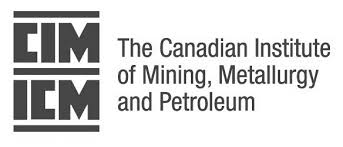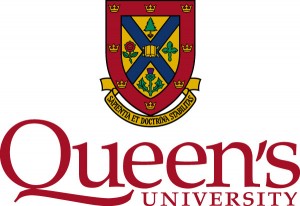Toronto/Kingston, Ontario, 25 September 2014
Environmental & Social Responsibility Society, CIM Conference with Queen’s University
The agenda content :
- Introductions
- Minutes & Actions from July 10 (not covered in the Agenda Items)
- Update from CIM Board Meeting Sept 6, 2014
- CIM AGM Montreal 201, Technical Program
- Tailings Workshop, Montreal 2015
- Clean Water Workshop
- Multi-stakeholder Dialogue
- CSR in the Engineering Curriculum
- CIM Strategic Planning for ESRS
- Standards for Reclamation
- Industry Participation
- Other Business
- Meeting Schedule for next four months
The CIM Environmental Society was founded in 1998 to provide a forum for the exchange of knowledge and skills in technical and environmental areas between professionals in the mining, metallurgical, petroleum and coal industries. The first Chair of the Society was David Orava in 1998, followed by Ian Horne from (2001-2004). Dogan Paktunc (2004-2006) led a major revitalisation effort in 2004 and 2005, and Bob Butler (2006-2008) and David Bleiker (2008-2009) followed as chairs. In 2011 the current Chair of the society, Janice Zinck, led another revitalisation effort and the Environment Society was reformed into the Environment and Social Responsibility Society.
The Society aims to provide value to its members by promoting effective use of science and technology in meeting industries‘ and communities‘ environmental goals. The structure of the revitalised CIM Environmental and Social Responsibility Society includes five technical sections within the Society: Mine Solids Management (waste), Water Management (water), Air Quality (air), Environment, and Social Responsibility and Aboriginal Affairs (social). Each of the five sections are intended to address key environmental aspects associated mining, the natural environment and communities including:
Land – Waste rock, tailings, dusts, residues, sludges, slag, disposal, management, reprocessing, decommissioning, reclamation.
Water – Process effluents, acidic drainage, neutral drainage, ground water, surface water, mine water, seepage, treatment (active, passive, chemical, biological, physical).
Air – Emissions – SO2, SO3, NOX, CO2, halogens, fumes, particulate, climate change.
Natural Environment – Environmental impact assessments, life cycle analysis, abandoned mines, designing for closure, footprint, environmental effects monitoring.
Social – Indigenous affairs, CSR, conflict minerals, employment, law & order, training, footprint, succession, bribery/corruption, regulations, taxes, communication, disclosures, benefits community succession./RLU


